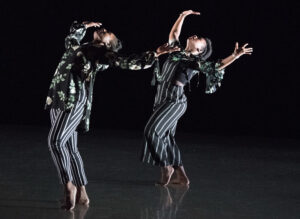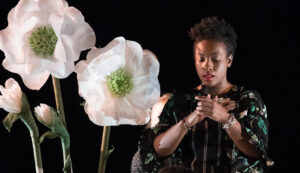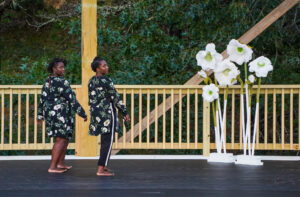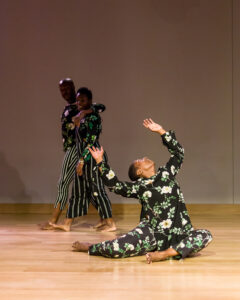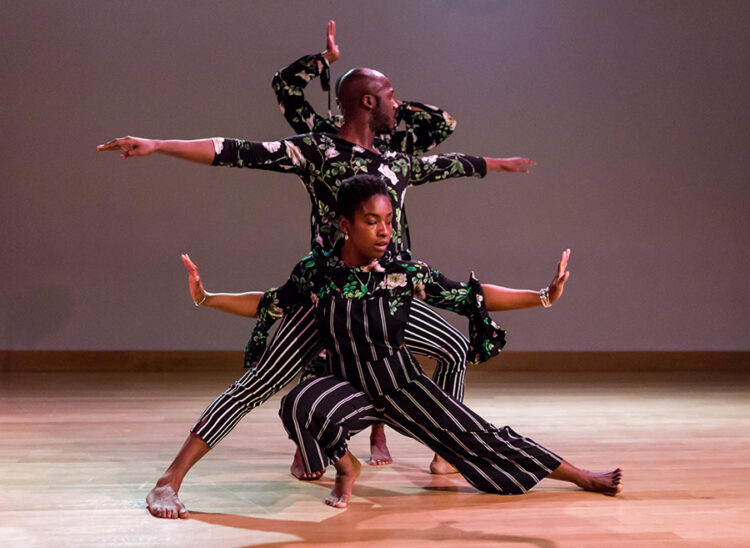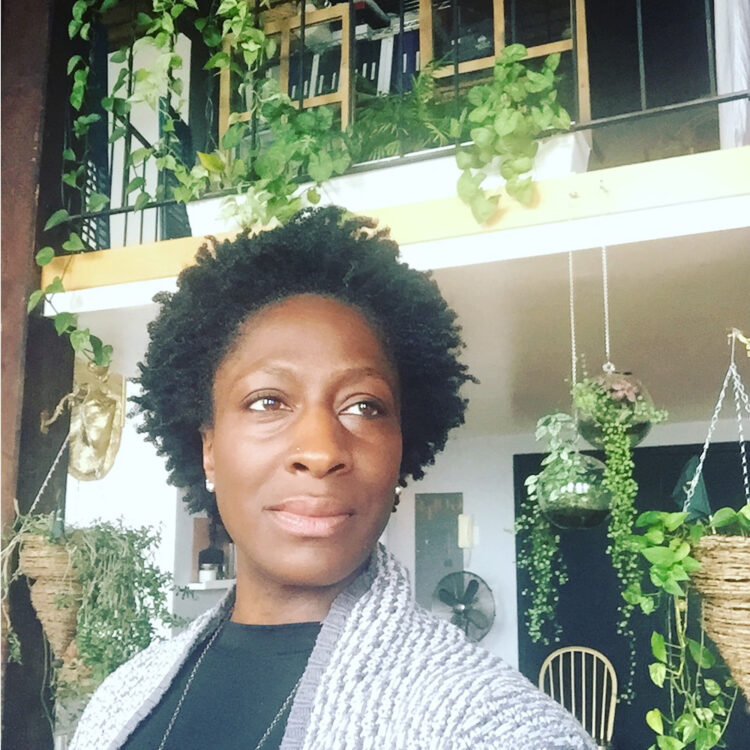
Deborah Goffe
Holyoke, MA
Deborah Goffe is a dance maker, performer, educator, and curator who cultivates environments and experiences through choreographic, design, and social processes. Since its founding in 2002, the Connecticut-based creative engine, Scapegoat Garden, has functioned as a primary vehicle and creative community through which Goffe has employed these processes. Goffe’s work has been performed widely at venues like New England’s Center for the Arts at Wesleyan University, Wadsworth Atheneum, Real Art Ways, the International Festival of Arts and Ideas, Bates Dance Festival, Boston Center for the Arts; New York City’s New York Live Arts, Artists of Tomorrow Theatre Festival, and the 92nd Street Y; and internationally in Finland, Italy and Cape Verde. Goffe has been awarded Artist Fellowships by the Massachusetts Cultural Council, Connecticut Office of the Arts, the Greater Hartford Arts Council, and the Surdna Foundation, and has been honored for Distinguished Achievement in Dance by the Connecticut Dance Alliance. Goffe is driven by an enduring commitment to world making, support of vibrant local dance ecologies, and the role of curatorial practice in those processes—forging relationships between artists and communities, helping people see, create and contribute to a greater vision of ourselves, each other, and the places we call home. These concerns form a foundation for her work at Trinity College (Amherst, MA) where she serves as Executive Director of Austin Arts Center and Artist-in-Residence of Theater and Dance.
Events
- Liturgy|Order|Bridge by Deborah Goffe February 9 & 10, 2024






Deborah Goffe (left) and Lauren Horn (right) perform Liturgy|Order|Bridge. Photo: Jim-Coleman.
Lauren Horn performs Liturgy|Order|Bridge by Deborah Goffe. Photo: Jim-Coleman.
Abena Koomson (left) and Deborah Goffe (right) perform Liturgy|Order|Bridge. Photo: Paul Bloomfield.
Deborah Goffe (left), Arien Wilkerson (center back), and Lauren Horn (right) perform Liturgy|Order|Bridge. Photo: Peter Raper.
Deborah Goffe, Arien Wilkerson, and Lauren Horn perform Liturgy|Order|Bridge. Photo: Peter Raper.
Arien Wilkerson (back) and Deborah Goffe (front) perform Liturgy|Order|Bridge. Photo: Peter Raper.
Liturgy|Order|Bridge
Deborah Goffe is a dance maker, performer, educator, and curator whose commitments to locality, scalable intimacy, and the handmade compels her to cultivate environments and experiences through choreographic, design, and social processes.
Artist BioLiturgy|Order|Bridge is a performance installation that centers dance as the organizing principle in a liturgy, and reframes performance ritual as a function of care, hospitality, and coming together across difference(s). The work invokes Black church traditions, and correlates religious ritual with theatrical devices to make the membrane between performance and audience more porous. The reorienting and restorative power of collective movement, clapping, vocalization, and call and response stirs the space, and reconciles the complexities of individual voice with the synchronicity of group-body in swells of mutuality. This church service weaves three simultaneous scores, organized around the intersection of identities, sense of place, and commitments to support one another. Through these facets, Liturgy|Order|Bridge asks: What might it mean to engage dance practice as faith practice, performance as communal ceremony, performance space as consecrated site, and audience as a fellowship of shared witness, place, and inheritance? How might we nurture shared, though distinct, responsibilities for the dynamism and consequence of these encounters?
